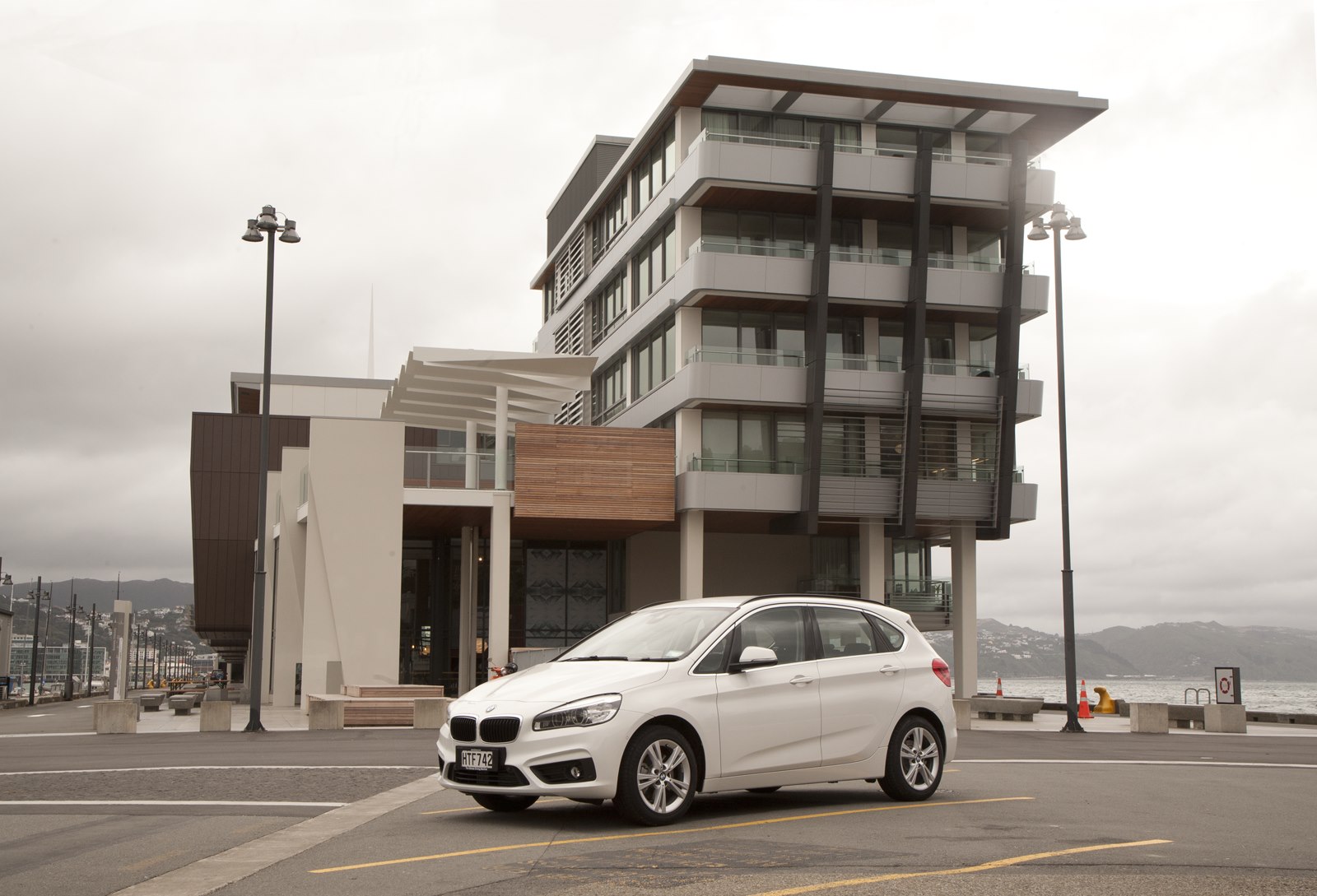
Jack Yan has had more time to live with the BMW 218i Active Tourer, and finds even greater appeal with the company’s first foray into the MPV segment
photographed by Stuart Cowley
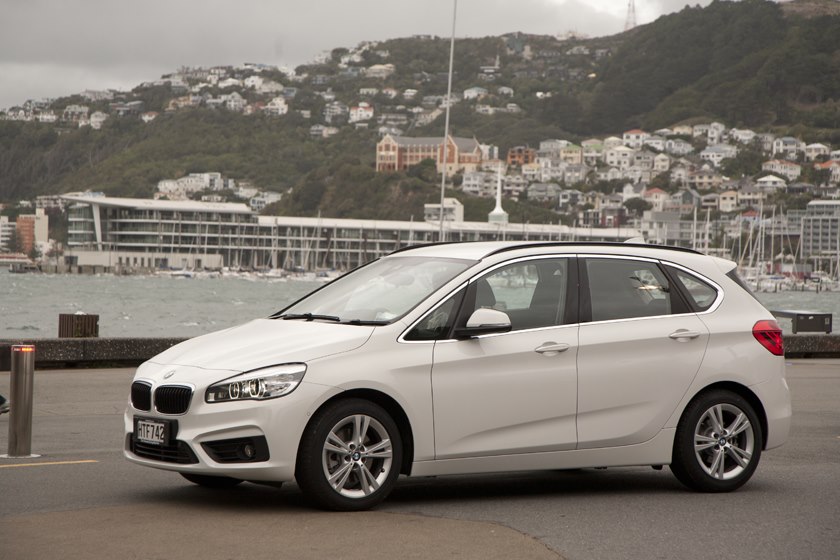
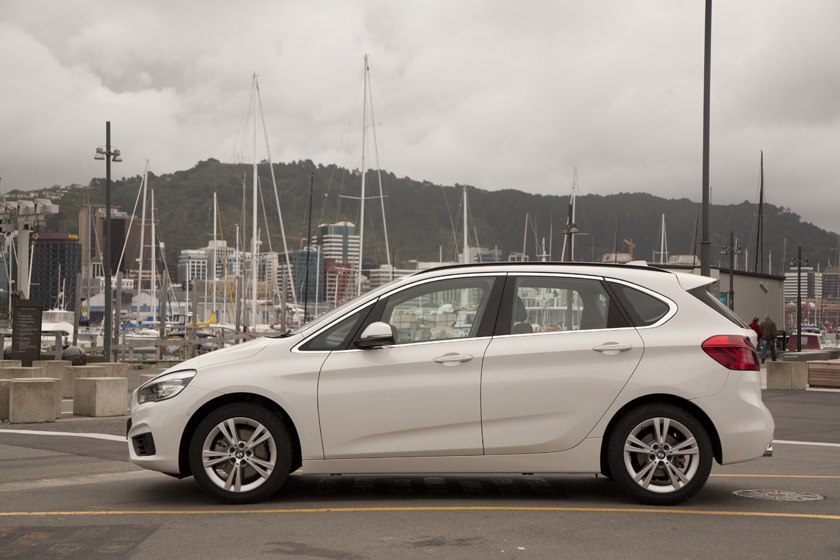
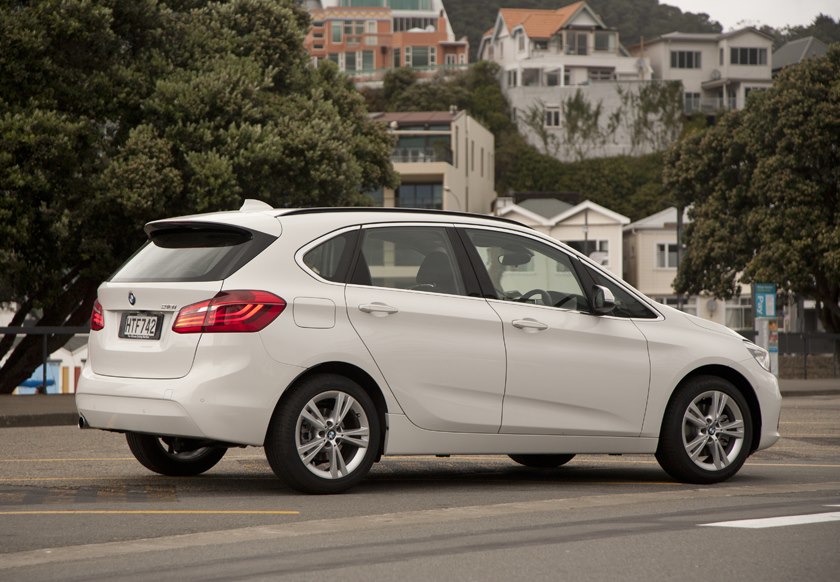
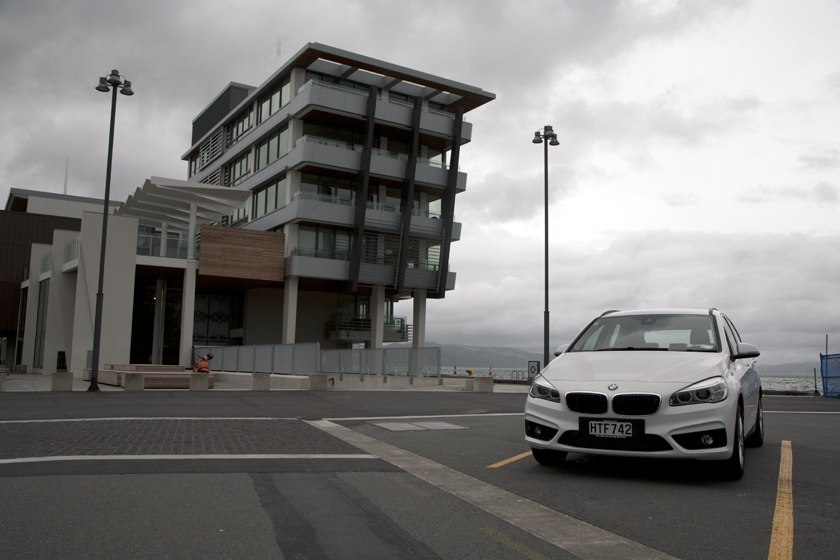 Life in the 2010s BMW has positioned the Active Tourer squarely at our modern, 21st-century lifestyles
Life in the 2010s BMW has positioned the Active Tourer squarely at our modern, 21st-century lifestyles
Jack Yan is publisher of Lucire.
When we attended the launch event for the BMW 2-series Active Tourer in Tasmania last year, our pick of the bunch was the 218i. This went against conventional wisdom: the 218d had an abundance of torque, while the 225i had more power, but the 218i’s triple was willing, responsive, and the best value of the lot.
Therefore, it was a real pleasure when a 218i was assigned to Lucire to test—and we got to know it a little better as a day-to-day proposition.
We’ve also had time to get used to the idea that a front-wheel-drive BMW exists. This was such a novel concept in 2014, breaking from tradition—the sort of thing that sceptics said would never work, because BMW’s brand values were too tied to the idea of rear-wheel drive.
We never had any doubts. Then again, we were about the only party egging Porsche on when it was preparing to launch the Cayenne SUV, because we could see that Porsche brand values could work in the segment. And with 90 per cent of buyers not knowing whether their car is front- or rear-wheel drive, then how can the brand value claim be made? Brands are determined not just by the organization, but by the audience, and they don’t seem to agree with the few purists who make up part of the remaining 10 per cent.
The record’s there for show, too. BMW sold 1·1 million cars in the first half of 2015, so exploring each niche carefully and filling it seems to be working for the Bavarians. The 10,000 front-wheel-drive cars per month that make up that total again prove that there was no real gamble as BMW entered the MPV market with a front-wheel-drive vehicle, and sales’ boss Ian Robertson notes that they’re managing 70 to 80 per cent conquest sales. BMW isn’t cannibalizing from its own range: they’re bringing people new to the brand.
The 218i Active Tourer, meanwhile, looks every inch the BMW. If styling is the first touchstone of how people determine the brand, then it’s got it just right. The front end may have to hide the front-wheel-drive, longitudinal engine packaging, but through the cleverness of the designers, the bonnet still looks longer than what you’d expect from a comparable car from a mainstream manufacturer. And with that length comes an idea that this MPV is premium. Those sculpted lines on the bonnet hint at the other BMWs that we’re familiar with. Head round the rear and there’s the familiar Hofmeister-Knick on the D-pillar, and the sculpted rear lights that tie the Active Tourer smartly into the rest of the BMW range. It is miles better looking than its nearest German rival, the Mercedes-Benz B-Klasse, which lost its edgy looks with the latest generation.
continued below
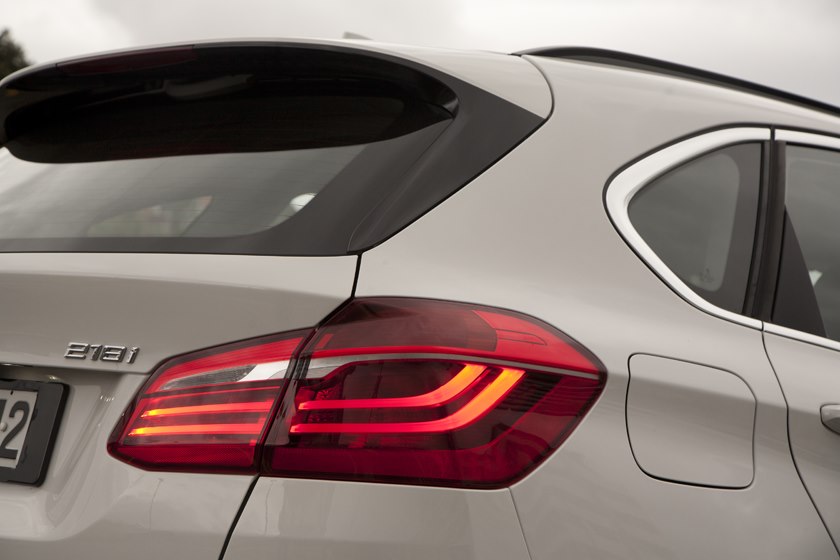
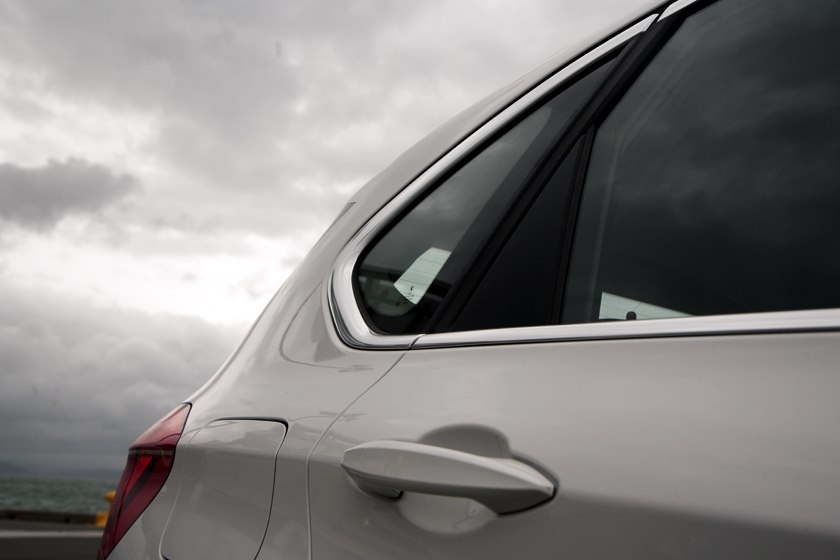

Inside, it just gets better. Anyone who knows BMW feels at home. The interior is logical and driver-focused, but with the gearstick positioned on a narrower centre console, allowing for more storage space in the front, BMW’s geared this for passengers, too. The two dials are perched neatly on top, keeping the interior simple but purposeful. The central screen is again compact but clear, and the reversing camera, which comes as standard. It’s all offset with high-quality wood trim, while all the plastic bits are comfortable to touch. In other words: this is Germanic premium, and you’re clear you’re in something that’s a cut above any other MPV in its class. Our only gripe with the longer test drive is the A-pillar area: despite the small window giving extra visibility, the pillars are still thick. It’s something that drivers will need to be accustomed to, but it’s the only departure from the familiar, well stitched BMW cabin.
We had already established in Tasmania that this was a willing driver’s car, one with such a well balanced front-wheel-drive chassis that you could comfortably have a heavier right foot and feel safe. BMW has evidently learned something from having the Mini brand as part of its stable—it’s an incredibly fine car in the handling stakes—but the day-to-day proposition is just as well argued. The Mini does feel slightly more planted—this is a taller car with a higher centre of gravity, after all—but the Active Tourer strikes that balance between comfort and ride extremely well, erring slightly toward the former. It’s exactly what buyers expect. Put the 218i into Eco Pro mode, and it becomes a frugal family car. The 1·5 three-cylinder unit isn’t as sparkling or as fun as something twice the size in a 3-series, for instance, even when that car is put into Eco Pro mode. But we are talking practicality here, and the 218i Active Tourer wins: we obtained 38·4 mpg (Imperial) or 7·36 l/100 km, during a test that was largely urban.
Front-wheel drive means certain packaging advantages: the 218i proved to be the idea shopping vehicle: easy to park yet commodious in the rear. It is essentially a tall five-seater where passengers will gain most, but it’s the seating arrangements that make a lot of sense. The rear seat is split 40–20–40, while the boot has a false floor to allow for a completely flat load area. You can either put things below, or remove it for more space.
But what we love most about the Active Tourer isn’t all these practical amenities. It’s signalling that it’s part of our urban future.
Children of the late 20th century saw the new millennium either through a negative dystopian lens—the clean, family look of Back to the Future Part II may have been set this year, but you need only wait another seven years before we get to Soylent Green—or a positive one where we all had solar panels on our roofs and everyone was in league, at least in the occident, to an energy-efficient future. That meant vehicles became practical, the opposite to the American land yachts of the 1970s. More of the overall length of the “car of the future” would be devoted to us, the people, and our lifestyles. BMW’s 2-series Active Tourer, and in particular this 218i model, powered by a three-cylinder engine that’s sensible yet with Pferdestarken on tap, is very clearly a car that sees its role in the second scenario. It looks after the mid-2010s family, it’s not pretentious in any way, and even when those luxuries are applied, it’s either to heighten our senses of sight or touch, or they serve a practical, safe purpose. We like being part of that future, and it’s good to know BMW’s in league with us there. •
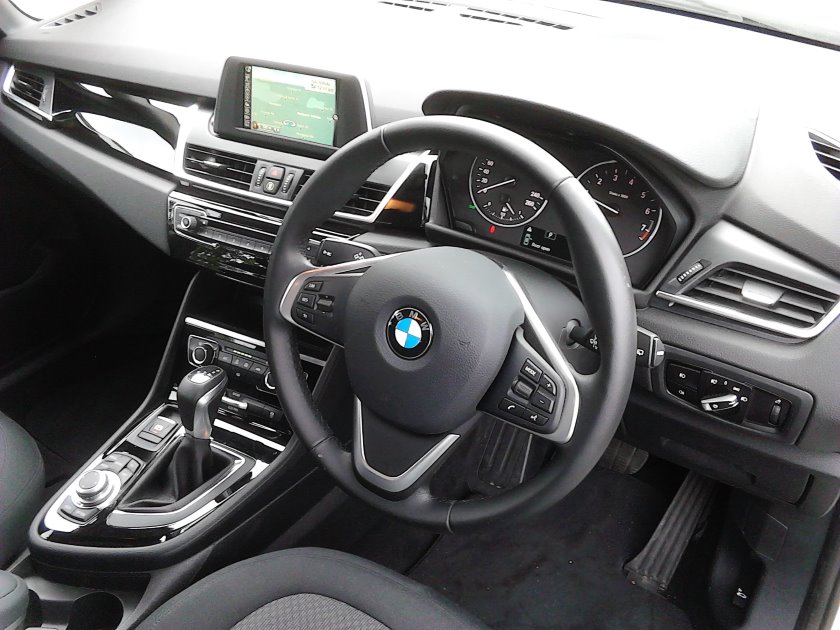

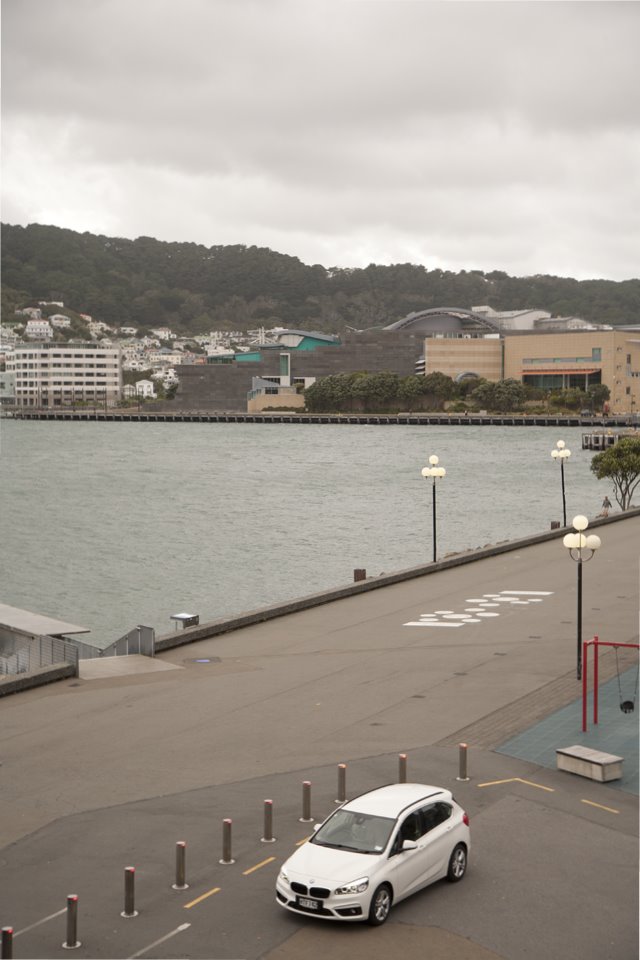
Related articles hand-picked by our editors
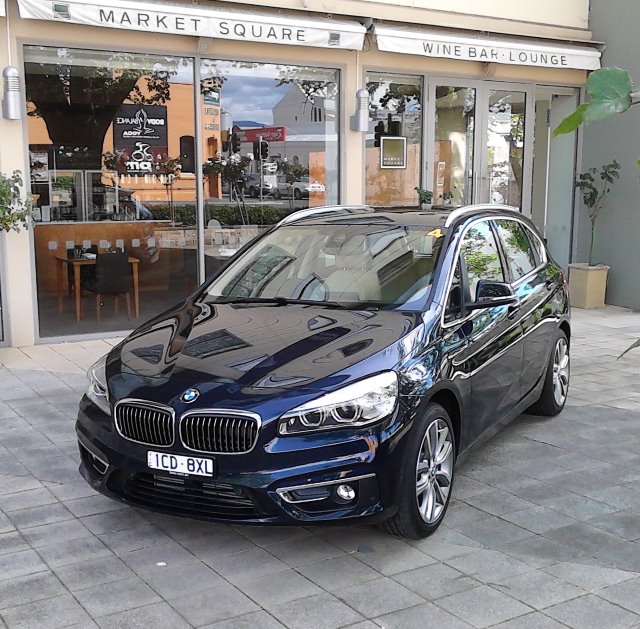
The car of our times
Jack Yan goes on the launch of the BMW 2-series Active Tourer, and answers just why the German marque sees fit to enter the compact monospace sector
photographed by the author and courtesy BMW
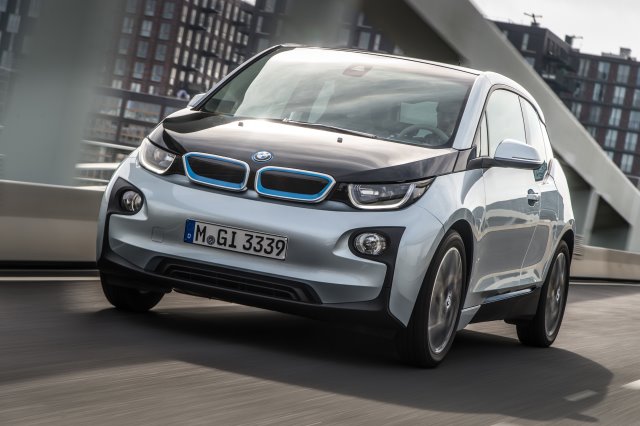
The revolution has arrived
Peter Jobes tests the BMW i3, unlocking its 170 hp electric motor, and finds it a pleasure to drive. The future is here
additional material by Jack Yan
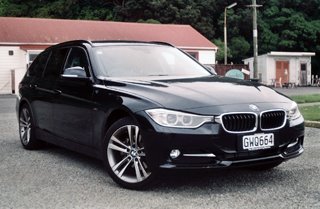 The gentle touch
The gentle touch
Jack Yan lives with the BMW 320d Xdrive Touring Sport Line for an extended road test, and discovers that it keeps the Bavarians at the top of the class with an all-round, enjoyable package
photographed by the author on a Voigtländer Bessamatic Deluxe
Advertisement
Copyright ©1997–2022 by JY&A Media, part of Jack Yan & Associates. All rights reserved. JY&A terms and conditions and privacy policy apply to viewing this site. All prices in US dollars except where indicated. Contact us here.